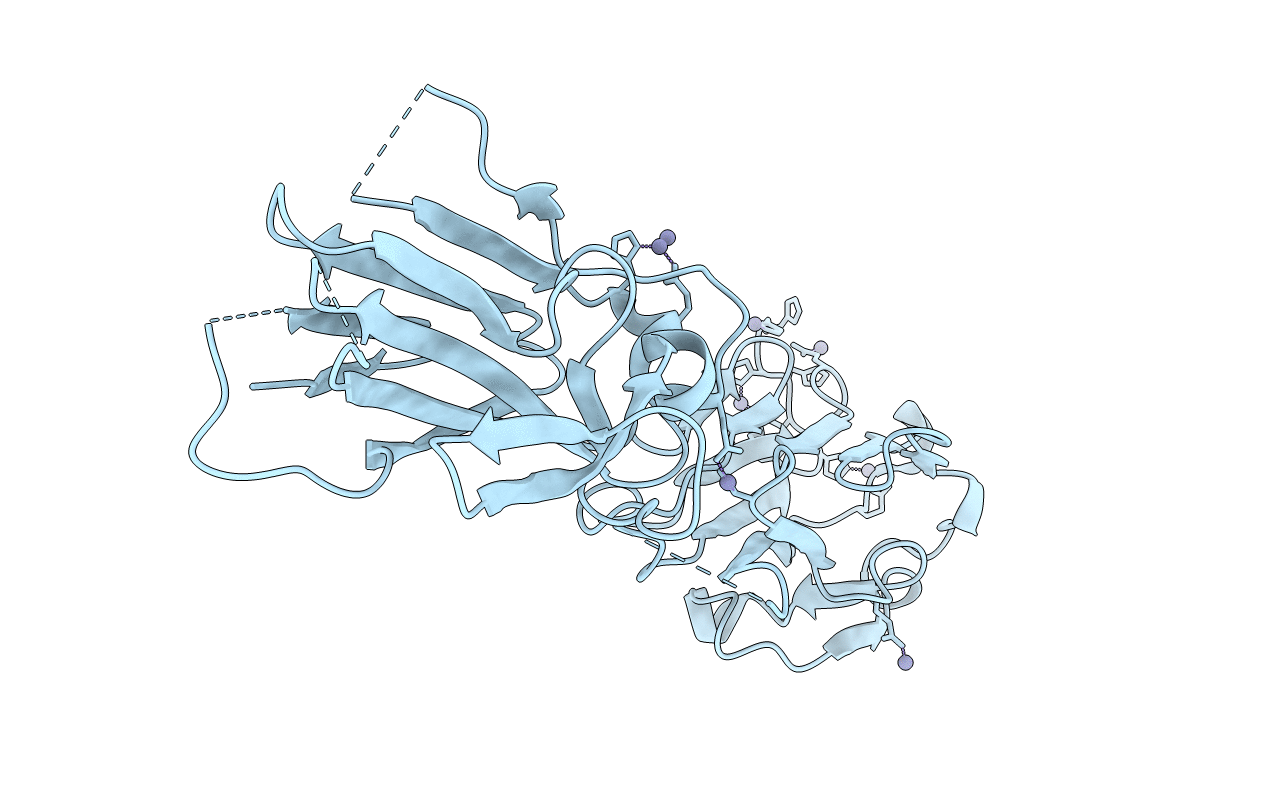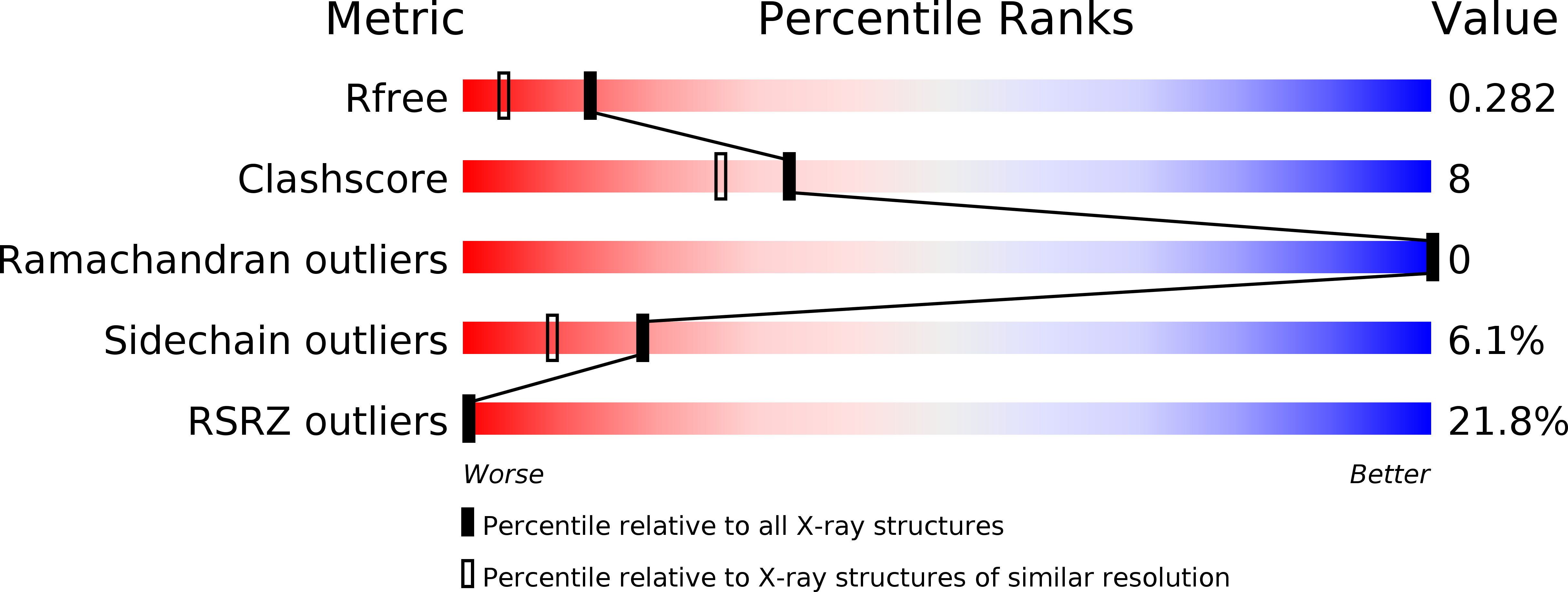
Deposition Date
2008-08-29
Release Date
2009-02-03
Last Version Date
2024-10-23
Entry Detail
PDB ID:
2JKS
Keywords:
Title:
Crystal structure of the the bradyzoite specific antigen BSR4 from toxoplasma gondii.
Biological Source:
Source Organism:
TOXOPLASMA GONDII (Taxon ID: 508771)
Host Organism:
Method Details:
Experimental Method:
Resolution:
1.90 Å
R-Value Free:
0.28
R-Value Work:
0.23
R-Value Observed:
0.24
Space Group:
P 41 21 2


